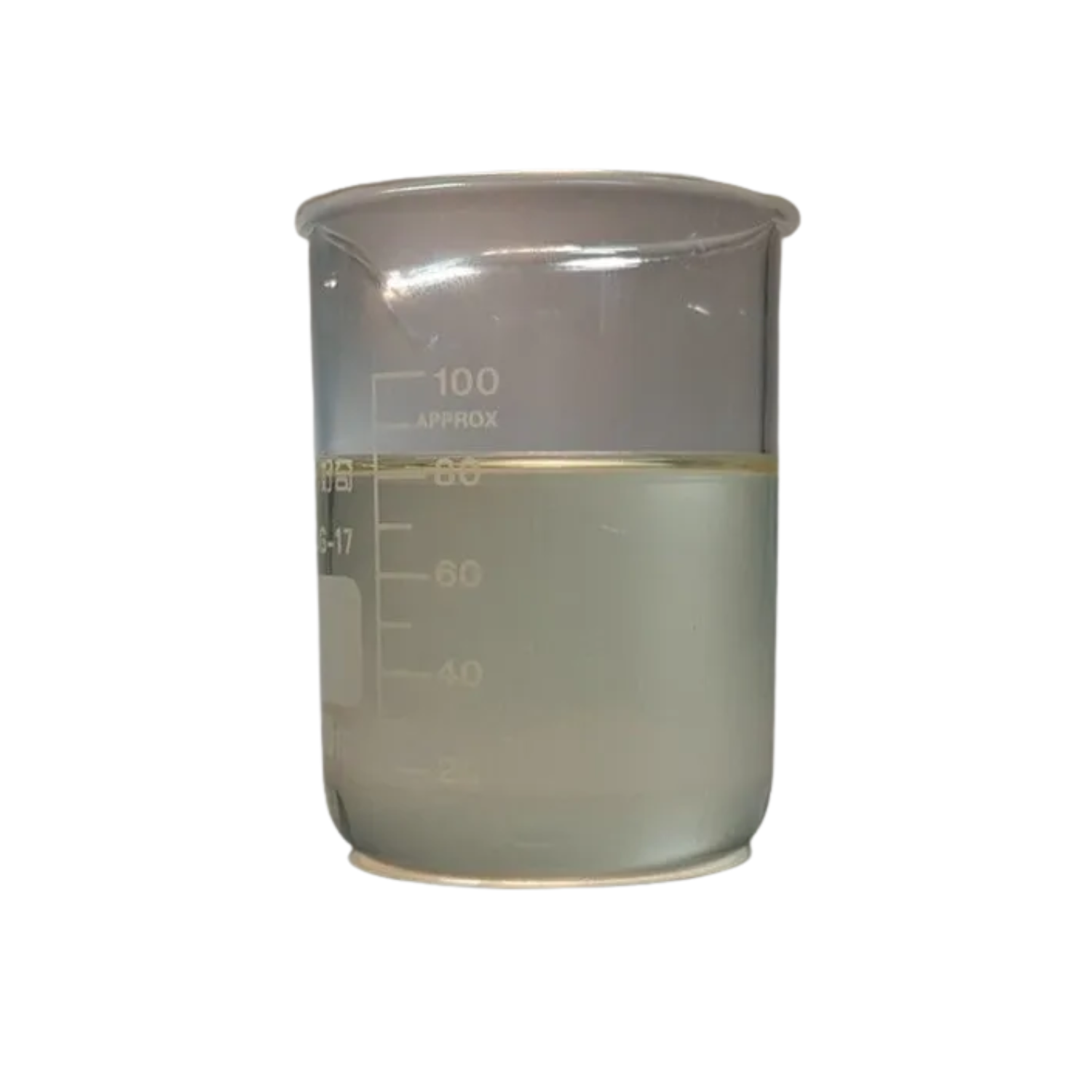IUPAC Name
2-[(3-dodecanoylamino)propyl(dimethyl)ammonio]acetate
Cas Number
61789-40-0
HS Code
34021900
Formula
C19H38N2O3
Appearance
Clear Light Yellow Green Liquid
Common Names
Cocamidopropyl betaine (CAPB)
Packaging
200 Kg HDPE Drums
Brief Overview
Cocamidopropyl betaine, also known as coco amido propyl betaine and CAPB, is a coconut-derived, sticky, yellow liquid with a slightly "fatty" odor. The name reflects the fact that the molecule's major component, the lauric acid group, is derived from coconut oil. Cocamidopropyl betaine has largely supplanted cocamide DEA.
Manufacturing process
Despite the name cocamidopropyl betaine, the molecule is not synthesized from betaine. Instead it is produced in a two step manner, beginning with the reaction of dimethylaminopropylamine (DMAPA) with fatty acids from coconut or palm kernel oil (lauric acid, or its methyl ester, is the main constituent). The primary amine in DMAPA is more reactive than the tertiary amine, leading to its selective addition to form an amide. In the second step chloroacetic acid reacts with the remaining tertiary amine to form a quaternary ammonium center (a quaternization reaction).[3]
CH3(CH2)10COOH + H2NCH2CH2CH2N(CH3)2 → CH3(CH2)10CONHCH2CH2CH2N(CH3)2
CH3(CH2)10CONHCH2CH2CH2N(CH3)2 + ClCH2CO2H + NaOH → CH3(CH2)10CONHCH2CH2CH2N+(CH3)2CH2CO2− + NaCl + H2O
Detergent Industry
Many detergents are drying to hair or skin. Cocamidopropyl betaine contains coconut oil, which is hydrating. It's less drying than other surfactants. Cocamidopropyl betaine reduces the drying effects of harsher detergents in skin and hair care products. Personal Care Industry From shampoo to soaps, toothpaste, shaving cream, makeup removers, body wash, detergents, and cleaners, cocamidopropyl betaine is most typically used to create rich, thick lather in foaming products. Pharmaceutical Industry The foaming and thickening property are used to create stable solutions of pharmaceutical products. Furthermore, the chemical is stable under acidic and alkaline solutions. The chemical also has conditioning properties and compatible with other surfactants.
